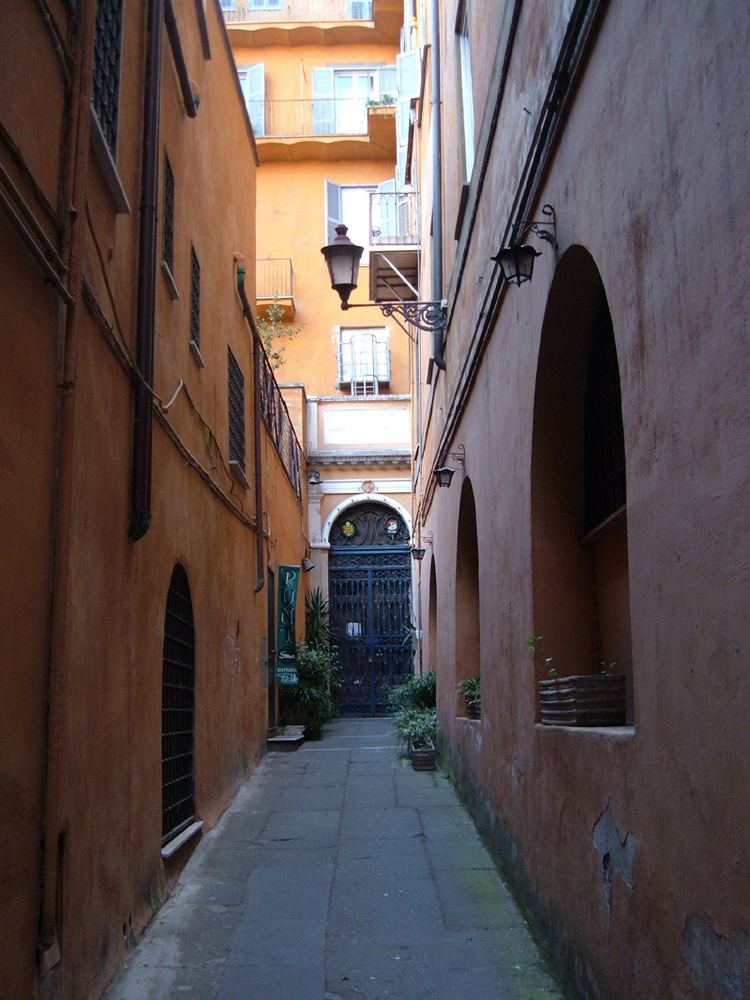Affiliation Roman Catholic Opened 31 May 1851 | Completed May 31, 1851 | |
 | ||
Address Via di S. Marcello, 41, 00187 Roma, Italy Architectural style Renaissance Revival architecture Similar Palazzo Muti Papazzurri, Oratory of Santissimo Crocifisso, Oratorio del Santissim, San Silvestro al Quirinale, Palazzo Muti | ||
Roma cappella madonna dell archetto manortiz
The Church of the Madonna dell'Archetto (English: Our Lady of the Little Arch) is a small oratory in Rome, in the Trevi rione. The official title of the church is Santa Maria Causa Nostrae Laetitiae (English: Holy Mary, Cause of Our Joy). It is often cited as being the smallest church in Rome.
Contents
- Roma cappella madonna dell archetto manortiz
- Il miracolo della madonna dell archetto a roma
- History and description
- Inscription
- References
Il miracolo della madonna dell archetto a roma
History and description
The chapel was constructed in the nineteenth century to house a venerated image of the Madonna that was located under a narrow arched passageway of the Palazzo Muti, The image had been commissioned by the marchesa Muti Papazzurri in 1690. It is a depiction painted by Bolognese painter Domenico Muratori on maiolica of the Blessed Virgin. In 1696, the image was reputedly seen to move her eyes, which prompted the owner to expose the image to public veneration. By 1751, gates to the alley where the image was located were installed, and a repeat miracle on July 9, 1796 cemented the reputation of the image. The 1796 incident occurred before numerous witnesses, who also observed that the eyes of the painting wept—presumably in reaction to that year's invasion of the Papal States by France.
In the middle of the nineteenth century, marchese Alessandro Muti Papazzurri Savorelli decided to construct a small chapel to house the miraculous image, which until that point was still located in a narrow alley. The chapel, which was built in the available space at the end of the alleyway, is an example, rare in Rome, of Neo-Renaissance architecture. The interior was covered in precious marbles, the work of architect Virginio Vespignani. The cupola was frescoed by Constantino Brumidi, the same painter who executed the frescoes in the United States Capitol. There are also sculptures by Luigi Simonetti. The miraculous image of the Virgin is located above the altar. The church was solemnly dedicated on May 31, 1851.
The oratory today falls within the parish boundaries of the nearby Basilica of Santi Apostoli, and is categorized as an "annexed" church.
Inscription
The Jesuit archaeologist Giuseppe Marchi composed the following Latin inscription, which is located on the exterior of the chapel:
